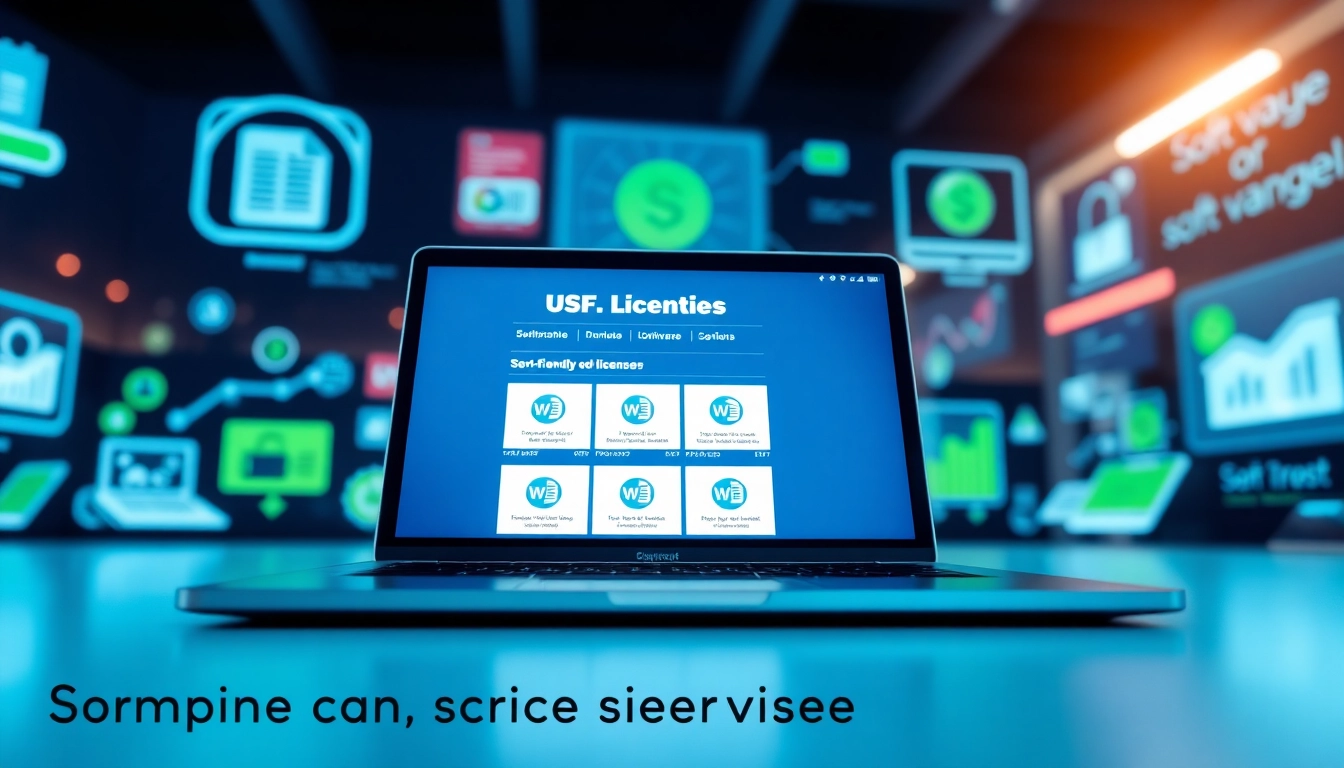Understanding Chatbots for Websites
In today’s digital landscape, businesses are increasingly turning to technology to enhance user experience and engagement. One of the key innovations in this area is the chatbot for website, which has become an essential tool for customer interaction. But what exactly is a chatbot, and how does it function? This article will unravel the intricacies of chatbots, outlining their benefits, types, key features, implementation strategies, best practices, and real-world case studies.
What is a Chatbot and How Does it Work?
A chatbot is a software application designed to conduct conversations with human users, either through text or voice interactions. By employing technologies like natural language processing (NLP) and machine learning (ML), chatbots can understand user queries and provide responses that can simulate a conversation with a real person. Typically deployed on websites or messaging platforms, chatbots serve various purposes, from customer service to guiding users through complex processes.
Benefits of Using Chatbots on Your Website
The adoption of chatbots offers a myriad of advantages for businesses. First and foremost, they provide 24/7 availability, ensuring that customer queries are addressed regardless of time zones or business hours. This leads to improved customer satisfaction and retention. Furthermore, chatbots can handle multiple inquiries simultaneously, greatly increasing efficiency and minimizing wait times.
Additionally, chatbots can collect valuable data about user behavior and preferences, enabling businesses to tailor offerings more effectively, enhance marketing strategies, and optimize services. They also help reduce operational costs by minimizing the need for extensive human labor in customer service roles.
Types of Chatbots: Choosing the Right One
When exploring chatbot options, businesses generally encounter two main types: rule-based chatbots and AI-driven chatbots. Rule-based chatbots follow fixed paths, responding to specific prompts with predetermined messages. They work well for addressing frequently asked questions and providing basic information.
On the other hand, AI-driven chatbots leverage machine learning and NLP, allowing for more sophisticated interactions. These bots can learn from past interactions, adapt to user behavior, and understand context better, making them suitable for more complex queries and personalized engagements.
Key Features to Look for in a Chatbot
User Interface and User Experience
The user interface (UI) of a chatbot is critical to its success. An intuitive UI ensures that users can interact with the bot seamlessly. Features like easy navigation, clear prompts, and quick responses enhance user experience (UX). A well-designed chatbot should not only be functional but also engaging, offering a friendly tone and a conversational style that resonates with users.
Customization Options and Integrations
Customization capabilities are vital when selecting a chatbot. Businesses should look for chatbots that allow for branding elements like logos, colors, and themes to maintain consistency with their brand identity. Additionally, integration with existing tools—such as customer relationship management (CRM) systems, email marketing platforms, and social media channels—is crucial for creating a unified customer experience.
Analytics and Performance Metrics
To measure the effectiveness of a chatbot, businesses need robust analytics and reporting features. Insight into metrics such as user engagement, query resolution rate, and satisfaction scores enables organizations to refine their chatbot strategies and improve performance over time. Continuous monitoring of these metrics allows for actionable adjustments and optimizations.
Implementing a Chatbot on Your Website
Step-by-Step Guide to Installation
Implementing a chatbot on your website might seem daunting, but it can be straightforward. Here’s a general step-by-step guide:
- Determine Objectives: Define what you want your chatbot to accomplish—be it lead generation, customer support, or appointment scheduling.
- Select a Platform: Choose a chatbot platform that aligns with your needs. Consider factors like pricing, usability, and features.
- Design Conversations: Create conversation flows that address common user questions and scenarios. This enhances the chatbot’s effectiveness.
- Integrate with Your Website: Utilize a code snippet or plugin provided by the chatbot platform to embed the bot on your site.
- Test and Launch: Conduct thorough testing to ensure that the chatbot behaves as expected before launching it to users.
Integrating with Existing Systems
Integrating a chatbot within existing systems, such as your CRM or helpdesk software, is crucial for seamless customer interactions. For instance, if a chatbot can access customer data housed in a CRM, it can provide personalized responses based on previous interactions, greatly enhancing the bot’s utility and user experience.
Moreover, consider integration with analytics tools to track the bot’s performance and user interactions effectively, enabling you to make data-driven decisions for enhancements.
Maintaining and Updating Your Chatbot
Once implemented, ongoing maintenance is necessary to ensure the chatbot remains relevant and effective. Regular updates to conversation flows, adherence to new business objectives, and adaptations to user feedback can significantly enhance performance. It’s also crucial to monitor interactions regularly, identifying trends and adjusting the bot’s responses to improve accuracy and user satisfaction.
Best Practices for Chatbot Usage
Design Principles for User-Friendly Interactions
Designing a user-friendly chatbot interaction starts with clarity. The chatbot should greet users warmly and clearly present options. Use straightforward language and avoid jargon; provide clear paths for users to follow. Furthermore, incorporating visual elements, such as buttons or quick replies, can significantly improve usability and engagement.
How to Train Your Chatbot Effectively
Training a chatbot involves feeding it with data and interactions that allow it to learn and evolve. Begin with a set of predefined responses and gradually introduce complex scenarios. Monitoring user inputs and refining responses based on real interactions is vital to enhance the bot’s understanding of user intent and language nuances. Additionally, seeking feedback from users can yield insights on potential areas for improvement.
Monitoring and Responding to User Feedback
User feedback is a powerful tool for improving chatbot performance. Create mechanisms within the chat interface to gather feedback after interactions, asking users about their experience. Analyzing this data allows you to address common pain points and make necessary adjustments. Promptly responding to user inquiries that the bot cannot handle is also vital to maintaining a positive relationship with customers.
Case Studies: Successful Chatbot Implementations
Industry Examples of Chatbots in Action
Many companies across various industries have successfully integrated chatbots into their operations. For example, major retailers like Sephora utilize chatbots to assist customers with product selection, providing tailored recommendations and appointment scheduling. In the travel sector, companies like KAYAK employ chatbots to help users find flights and hotels, streamlining the booking process and making travel planning more accessible.
Measuring ROI from Chatbot Investments
Measuring return on investment (ROI) from chatbot implementations requires insight into various performance metrics. For instance, businesses should track cost savings from reduced customer service expenses and increased revenue from higher conversion rates. Additionally, monitoring user engagement and satisfaction scores can provide quantitative data to evaluate the chatbot’s impact on overall business performance.
Lessons Learned from Top Brands
Through various implementations, major brands have learned critical lessons regarding chatbot deployment. A common takeaway is the importance of ongoing optimization based on user behavior and feedback. Moreover, having transparent communication regarding a bot’s capabilities upfront fosters trust and sets appropriate expectations for users. Lastly, brands emphasize the value of merging chatbot interactions with human agents when necessary, ensuring that complex queries are handled with care.



